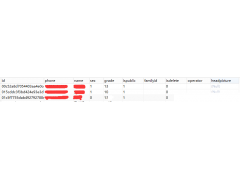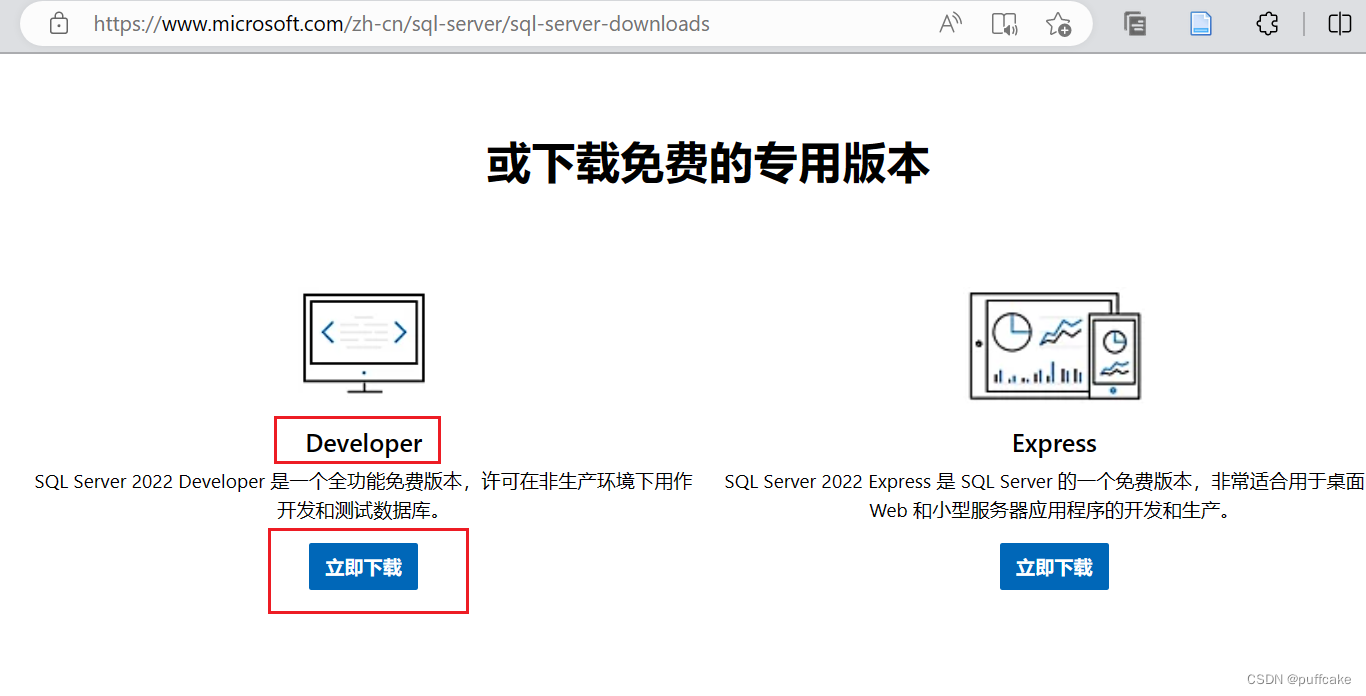本文主要介绍了SQLServer表的索引碎片查询和处理,文中通过示例代码介绍的非常详细,对大家的学习或者工作具有一定的参考学习价值,需要的朋友们下面随着小编来一起学习学习吧
1.查看索引的碎片率
SELECT object_name(ips.object_id) AS TableName, ips.index_id, name AS IndexName,
avg_fragmentation_in_percent,db_name(ips.database_id) AS DatabaseName
FROM sys.dm_db_index_physical_stats
(Db_id(DB_NAME())
, NULL
, NULL
, NULL
, NULL) AS ips
INNER JOIN sys.indexes AS SI ON ips.object_id = SI.object_id AND ips.index_id = SI.index_id
WHERE ips.avg_fragmentation_in_percent > 5 AND SI.index_id <> 0索引的碎片率低于5%或者,索引的页数少于1000,可以忽略;
索引碎片率在5%-30%之间的,建议reorganize;
索引碎片率大于30%的,建议rebuild。
2.reorganize索引
alter index [索引名] on [dbo].[表名] reorganize;3.rebuild索引
alter index [索引名] on [dbo].[表名] rebuild;4.rebuild表上所有的索引
alter index all on [dbo].[表名] rebuild;5.rebuild数据库中所有的索引
USE [数据库名]
GO
DECLARE @NoOfPartitions BIGINT;
DECLARE @objectid INT;
DECLARE @indexid INT;
DECLARE @idxname NVARCHAR(255);
DECLARE @objname NVARCHAR(255);
DECLARE @partitionnum BIGINT;
DECLARE @schemaname NVARCHAR(255);
DECLARE @partitions BIGINT;
DECLARE @frag FLOAT;
DECLARE @statement VARCHAR(8000);
-- checking existance of the table that we create for temporary purpose
IF OBJECT_ID('defrag_work', 'U') IS NOT NULL
DROP TABLE defrag_work;
-- Copy the fragmented indexes data into defrag_work table
-- All the indexes that has fragmentation < 5 are getting stored into our work table
SELECT [object_id] AS objectid ,
index_id AS indexid ,
partition_number AS partition_no ,
avg_fragmentation_in_percent AS frag
INTO defrag_work
FROM sys.dm_db_index_physical_stats(DB_ID(), NULL, NULL, NULL, 'LIMITED')
WHERE avg_fragmentation_in_percent >5.0 and index_id > 0;
-- cursor to process the list of partitions
DECLARE partitions CURSOR
FOR
SELECT *
FROM defrag_work;
-- Open the cursor.
OPEN partitions;
-- Looping through the partitions
FETCH NEXT
FROM partitions
INTO @objectid, @indexid, @partitionnum, @frag;
WHILE @@FETCH_STATUS = 0
BEGIN;
SELECT @objname= QUOTENAME(so.name) ,
@schemaname = QUOTENAME(ss.name)
FROM sys.objects AS so
JOIN sys.schemas AS ss ON ss.schema_id = so.schema_id
WHERE so.object_id = @objectid;
SELECT @idxname = QUOTENAME(name)
FROM sys.indexes
WHERE object_id = @objectid
AND index_id = @indexid;
SELECT @NoOfPartitions = COUNT(*)
FROM sys.partitions
WHERE object_id = @objectid
AND index_id = @indexid;
/*
Let's say N = fragmentation percentage
N <= 5 = IGNORE
5 < N < 30 = REORGANIZE
N > 30 = REBUILD
*/
IF (@frag < 30.0) -- @frag > 5 is already filtered in our first query, so we need that condition here
BEGIN;
SELECT @statement = 'ALTER INDEX ' + @idxname + ' ON '
+ @schemaname + '.' + @objname + ' REORGANIZE';
IF @NoOfPartitions > 1
SELECT @statement = @statement + ' PARTITION='
+ CONVERT (CHAR, @partitionnum);
EXEC (@statement);
END;
IF @frag >= 30.0
BEGIN;
SELECT @statement = 'ALTER INDEX ' + @idxname + ' ON '
+ @schemaname + '.' + @objname + ' REBUILD';
IF @NoOfPartitions > 1
SELECT @statement = @statement + ' PARTITION='
+ CONVERT (CHAR, @partitionnum);
EXEC (@statement);
END;
PRINT 'Executed ' + @statement;
FETCH NEXT FROM partitions INTO @objectid, @indexid, @partitionnum,
@frag;
END;
-- Close and deallocate the cursor.
CLOSE partitions;
DEALLOCATE partitions;
-- drop the table
IF OBJECT_ID('defrag_work', 'U') IS NOT NULL
DROP TABLE defrag_work;到此这篇关于SQLServer 表的索引碎片查询和处理的文章就介绍到这了,更多相关SQLServer 表索引碎片内容请搜索编程学习网以前的文章希望大家以后多多支持编程学习网!
沃梦达教程
本文标题为:SQLServer 表的索引碎片查询和处理


基础教程推荐
猜你喜欢
- 详解Redis连接命令使用方法 2024-03-23
- Redis GEORADIUS命令 2024-04-06
- MySQL索引优化之适合构建索引的几种情况详解 2023-12-29
- Redis配置项汇总 2024-04-04
- 浅谈数据库优化方案 2024-02-16
- SQL Server之SELECT INTO 和 INSERT INTO SELECT案例详解 2024-02-13
- Mysql查看死锁与解除死锁的深入讲解 2024-02-14
- 如何保障mysql和redis之间的数据一致性 2024-04-25
- mysql时间字段默认设置为当前时间实例代码 2022-08-31
- mysql服务启动却连接不上的解决方法 2023-12-08

















